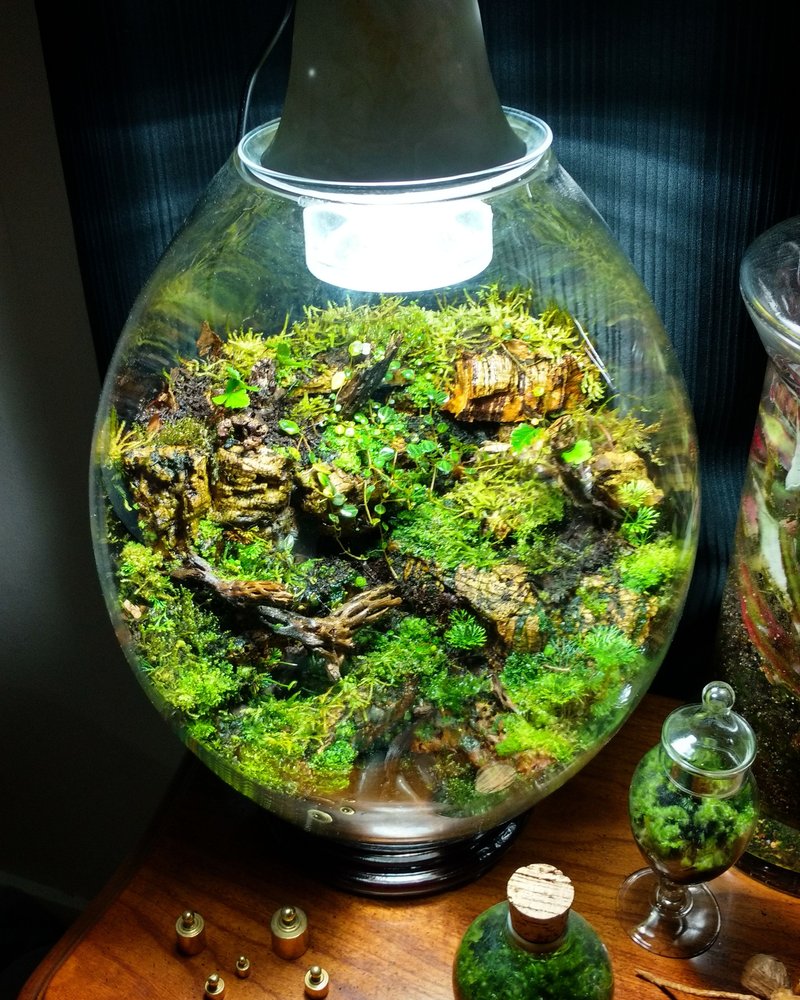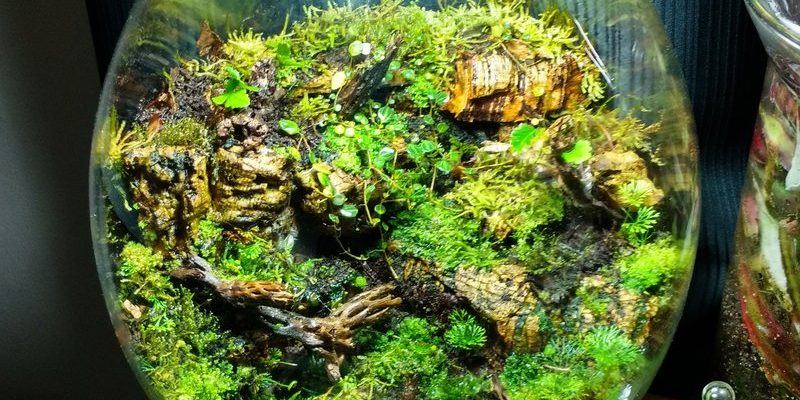
Keeping velvet worms in a terrarium is like having a living piece of prehistoric history in your home. These creatures have been around for millions of years, and they come with their own set of unique needs and traits. So, if you’re considering adding one of these peculiar worms to your collection, you’re in for an adventure. Let’s dive into what it takes to care for velvet worms and whether they can indeed thrive in a terrarium setting.
What Are Velvet Worms?
Velvet worms, or onychophorans, are soft-bodied, segmented animals that resemble a cross between a worm and a caterpillar. They’re often covered in a velvety texture—hence their name. You might feel the urge to reach out and pet one, but be careful! These creatures are delicate and handle stress poorly.
These fascinating animals are primarily found in humid environments like rainforests. They prefer dark, moist environments, which makes terrariums a potential habitat for them. Velvet worms hunt using a pair of slime glands, which they use to capture prey. Yes, they are hunters! If you’ve ever wondered about the food web in a forest, velvet worms play their part as well; they consume insects and other small creatures.
Their unusual appearance and behavior have drawn interest from scientists and hobbyists alike. But let’s talk about the big question: **Can they really be kept in a terrarium?**
Creating the Perfect Terrarium Environment
If you’re thinking about keeping velvet worms in a terrarium, you’ll need to create a habitat that mimics their natural environment. Here’s what to consider.
First, humidity is crucial. Velvet worms thrive in a high-humidity environment—around 70-90% is ideal. You can achieve this by misting the terrarium regularly or using a humidity gauge to monitor levels. Adding a water feature, like a small dish of water or a sponge can help maintain moisture.
Second, provide adequate cover. These critters love to hide, so include plenty of leaf litter and small logs for them to crawl under. This not only keeps them comfortable but also mimics their natural forest floor habitat. Remember, a stressed velvet worm is not a happy velvet worm.
Lastly, keep the temperature in check. Velvet worms prefer cooler conditions, usually between 60°F and 75°F. A heat lamp or heating pad may dry the environment out, so keep an eye on it.
Feeding Your Velvet Worms
Feeding velvet worms can be both fun and a bit tricky. Unlike traditional pets, these creatures have specific dietary needs. They primarily eat soft-bodied insects, like **fruit flies** or **aphids**.
Here’s how you can make their feeding time enjoyable both for you and them:
- Variety: Offer a range of foods to keep your velvet worms interested. A varied diet helps maintain their health.
- Timing: Feed them every few days. Velvet worms can go for a while without eating, but regular meals keep them active.
- Observation: Watch how they hunt. It’s fascinating to see them use their slime to capture food. Just be cautious not to overfeed!
You might be wondering, “What if they don’t eat?” If your velvet worm isn’t eating, check the environment. Stress from high temperature or low humidity can deter them from feeding.
Common Challenges and Solutions
Keeping velvet worms in a terrarium isn’t without its challenges. Here are a few common issues and how to address them.
One significant challenge is maintaining humidity levels. If the air in your terrarium is too dry, your worms may become inactive or stress out. To combat this, invest in a good hygrometer to monitor moisture levels. Regular misting can help, but be sure not to drown them!
Another issue can be temperature fluctuations. If your room gets too warm, it can have a negative impact on your velvet worms’ health. Make sure the terrarium is placed in a cool, shaded area away from direct sunlight. Consider room temperature fluctuations and adjust accordingly.
Lastly, keeping the terrarium clean is essential. Waste can accumulate quickly, which can lead to mold or pests. Regularly remove uneaten food and waste to keep the environment healthy.
Health and Care Tips for Velvet Worms
Just like any pet, velvet worms require care and attention. Here are a few tips to keep them healthy:
- Check their skin: Velvet worms have sensitive skin. Look for signs of dehydration or injury, like wrinkles or a lack of movement.
- Keep it moist: If you notice your worms looking sluggish, they might need more humidity. A quick mist can perk them right up!
- Be gentle: When handling them (if you must), do so with careful hands. Avoid picking them up excessively, as it can stress them out.
You might be surprised at how interactive these creatures can be when cared for properly. Just remember, they’re not like your usual pets—patience is key.
Alternatives to Keeping Velvet Worms
If keeping velvet worms sounds too complicated, you might explore other options. There are plenty of unique pets that can thrive in terrariums with less fuss. Consider **dart frogs**, **snakes**, or **geckos**. These animals can often require less humidity and simpler living conditions.
If you’re intrigued by invertebrates but don’t want the commitment of velvet worms, think about keeping **stick insects** or **praying mantises**. They’re still fascinating and can provide a wonderful view of nature without the extra care needs.
Final Thoughts on Keeping Velvet Worms
So, can velvet worms be kept in a terrarium? The answer is yes, but it takes some effort and attention to detail. With the right environment, diet, and care, these captivating creatures can thrive and bring a unique flair to your collection.
Remember, every pet requires dedication and understanding. If you’re up for the challenge, creating a lovely home for a velvet worm can be a rewarding experience. Just be prepared to learn and adapt as you go along, and enjoy the journey with these little wonders of nature!

